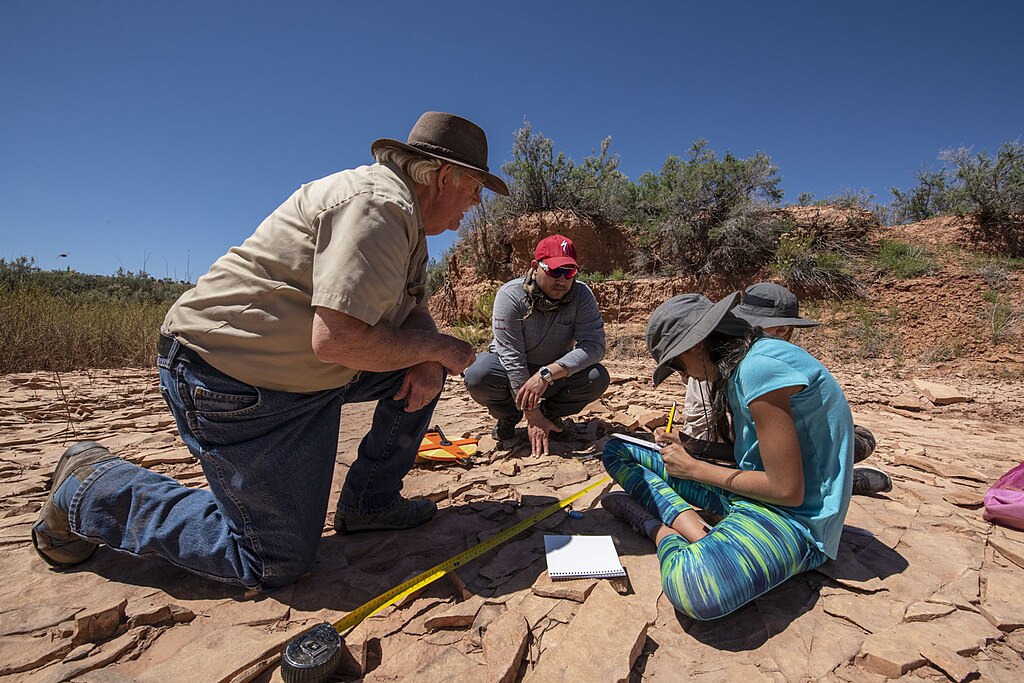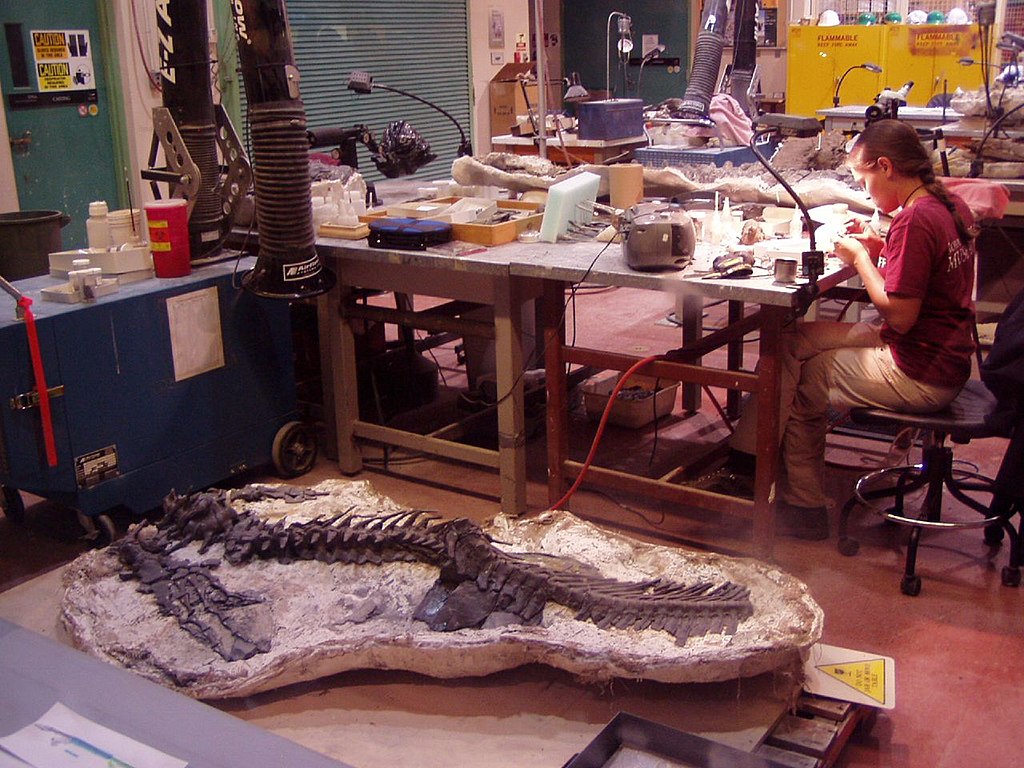Unearthing the remnants of creatures that roamed Earth millions of years ago requires far more than luck and determination. Modern paleontology combines traditional excavation techniques with cutting-edge technology to carefully locate, extract, and preserve dinosaur fossils. What began as simple digging expeditions in the 19th century has evolved into a sophisticated scientific endeavor requiring specialized tools, meticulous methods, and interdisciplinary expertise. This article explores the fascinating array of equipment that paleontologists rely on—from basic hand tools that would be familiar to the field’s pioneers to advanced imaging systems that have revolutionized how we understand these ancient beings.
The Field Kit: Essential Tools for Every Paleontologist
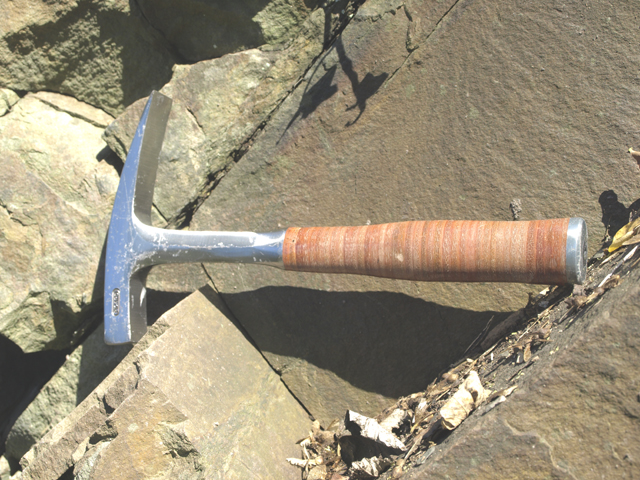
Every dinosaur dig begins with a carefully assembled field kit containing tools that have remained largely unchanged for decades. At the heart of this kit are geological hammers with chisel-like ends for breaking rock and pointed picks for more precise work. Small brushes ranging from paintbrushes to toothbrushes are essential for removing loose sediment without damaging fragile fossils. Dental picks and awls provide the delicate touch needed for cleaning around small bones and features. Paleontologists also rely on field notebooks, measuring tapes, GPS units, and cameras to document each discovery’s exact position and context. This combination of simple tools allows scientists to perform the meticulous work of fossil extraction while preserving crucial information about where and how each specimen was situated in the earth.
Prospecting Technology: Finding Fossils Before Digging
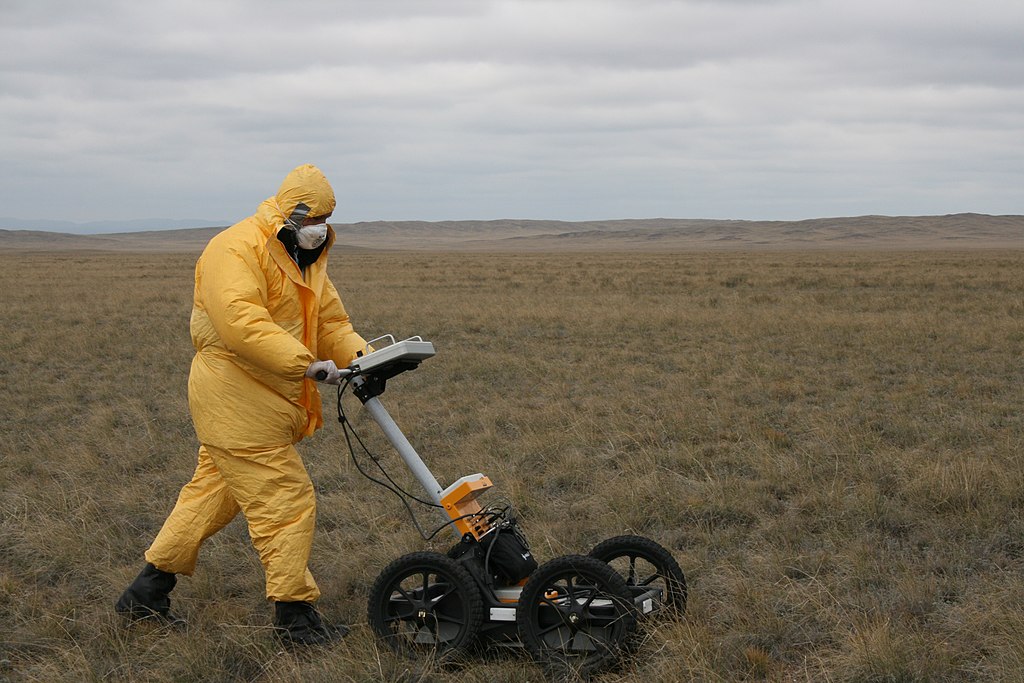
Before the first shovel breaks ground, modern paleontologists employ sophisticated technologies to identify promising dig sites. Ground-penetrating radar (GPR) can reveal anomalies beneath the surface that might indicate fossilized remains. Magnetometers detect subtle changes in the earth’s magnetic field that could signal the presence of fossilized bone, which often contains minerals with different magnetic properties than surrounding rock. Satellite and aerial imagery helps scientists identify geological formations known to contain fossils, while LiDAR (Light Detection and Ranging) technology creates detailed topographical maps revealing erosional patterns that might expose fossil-bearing layers. These prospecting tools dramatically increase the efficiency of expeditions by allowing teams to focus their efforts on areas with the highest probability of yielding significant discoveries, rather than relying solely on surface indicators or chance findings.
Heavy Equipment: When Muscle Power Isn’t Enough

While popular imagination might picture paleontologists exclusively using delicate brushes, the reality often involves industrial equipment during the initial phases of excavation. Backhoes and bulldozers carefully remove overburden—the layers of soil and rock above fossil-bearing strata—under the supervision of experienced team members watching for any sign of fossils. Jackhammers and gas-powered rock saws cut through tough matrix material surrounding large specimens. Generators provide power for tools and lighting in remote locations, while water pumps prevent excavations from flooding in rainy conditions. Heavy-duty winches and pulleys create mechanical advantage systems for lifting massive fossil blocks that can weigh several tons. The skillful use of these powerful tools requires specialized training to balance efficiency with the preservation of priceless scientific evidence.
Preservation Materials: Protecting Fragile Discoveries
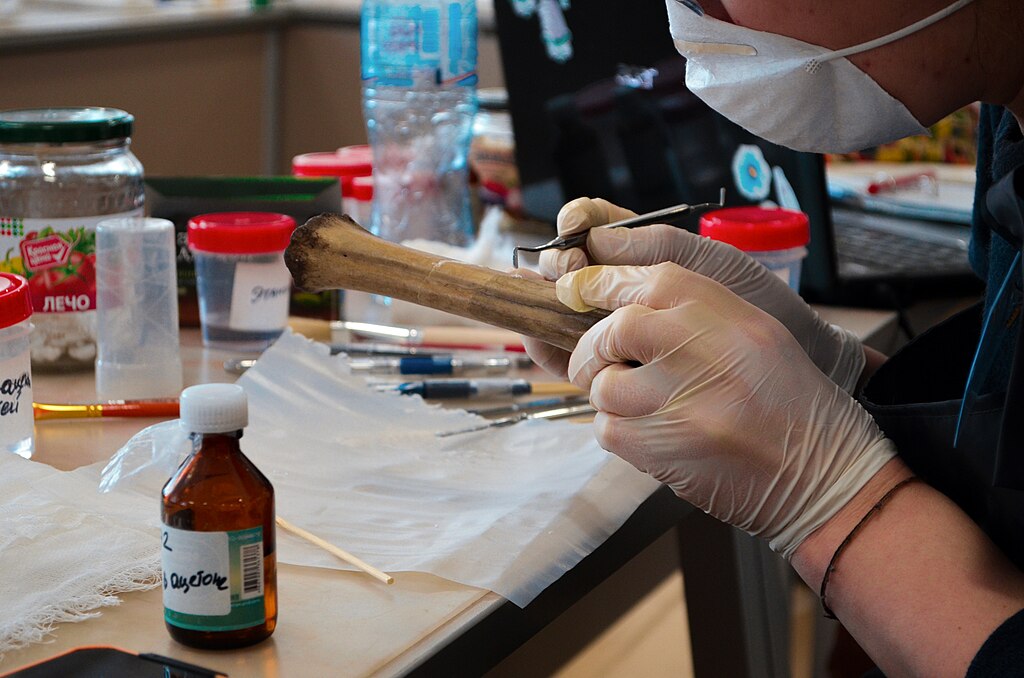
The moment a fossil is exposed marks the beginning of its vulnerability to damage from environmental factors. Paleontologists employ specialized materials to stabilize and protect specimens during extraction and transport. Consolidants like Paraloid B-72 (an acrylic resin) are applied to strengthen brittle fossils by penetrating and binding the material. Plaster bandages similar to those used in medical settings create protective jackets around specimens, while expanding foam fills voids to prevent movement and breakage. Aluminum foil and plastic wrap provide initial barriers against moisture and contamination before jacketing. For particularly delicate specimens, specialized glues and hardeners may be applied with syringes to strengthen microfractures before the fossil is moved. These preservation techniques have evolved through decades of field experience and are constantly being refined to minimize damage during the critical transition from ground to laboratory.
Excavation Tools: The Art of Extraction
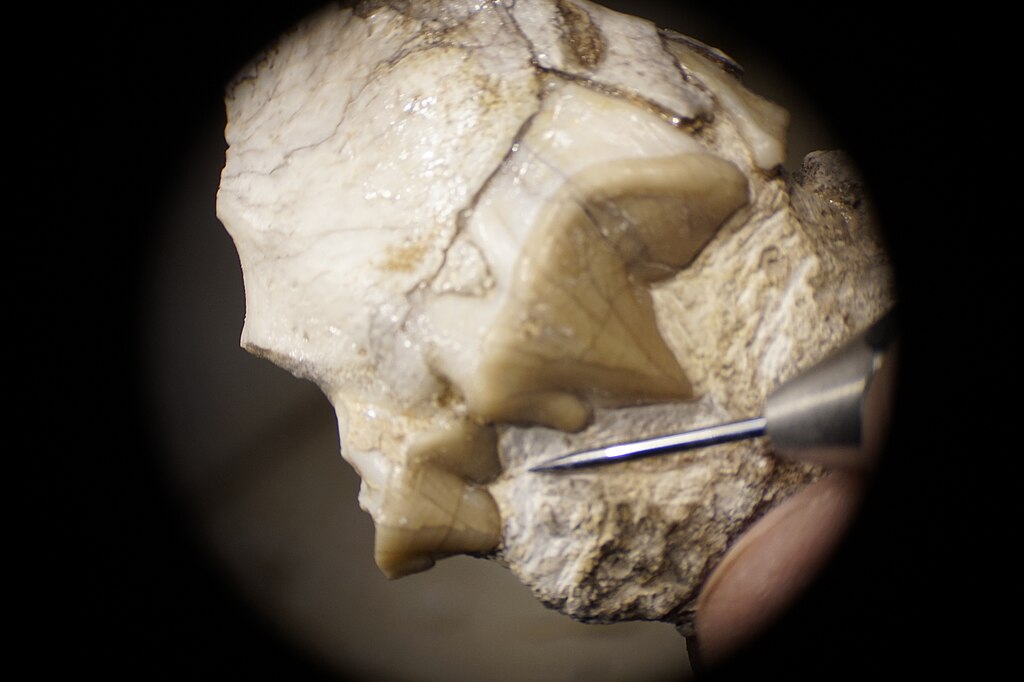
Once a fossil is located, paleontologists employ an array of specialized tools for the delicate process of extraction. Airscribes—pneumatic tools similar to miniature jackhammers—vibrate at high frequencies to remove matrix rock without damaging the fossil. Micro-sandblasters direct fine particles to clean fossils with precision control. Various chisels, ranging from large rock chisels to fine dental tools, allow for controlled removal of material at different scales. Specialized pry bars and wedges help separate rock layers along natural bedding planes to expose fossils with minimal damage. Paleontologists often customize their excavation tools, grinding or shaping them to suit particular specimens or rock types. The selection and application of these tools represent a blend of scientific knowledge and craftsmanship, with techniques often passed down through mentorship and field experience.
Digital Documentation: Capturing the Context

Modern fossil excavations are documented with unprecedented precision using digital technologies that preserve contextual information essential for scientific interpretation. Photogrammetry software creates detailed 3D models of excavation sites by processing hundreds of overlapping photographs taken from different angles. Total stations—surveying instruments that measure angles and distances—record the exact spatial position of each specimen relative to stratigraphic layers and other fossils. Digital mapping applications allow paleontologists to create comprehensive site maps annotated with fossil locations, sedimentary features, and geological boundaries. High-resolution digital photography with scale bars and color calibration cards ensures accurate visual documentation of specimens in situ. These digital records provide crucial information about how dinosaurs lived, died, and were preserved, contextual details that would be lost forever once specimens are removed from their original positions.
Laboratory Preparation Tools: Revealing Hidden Details
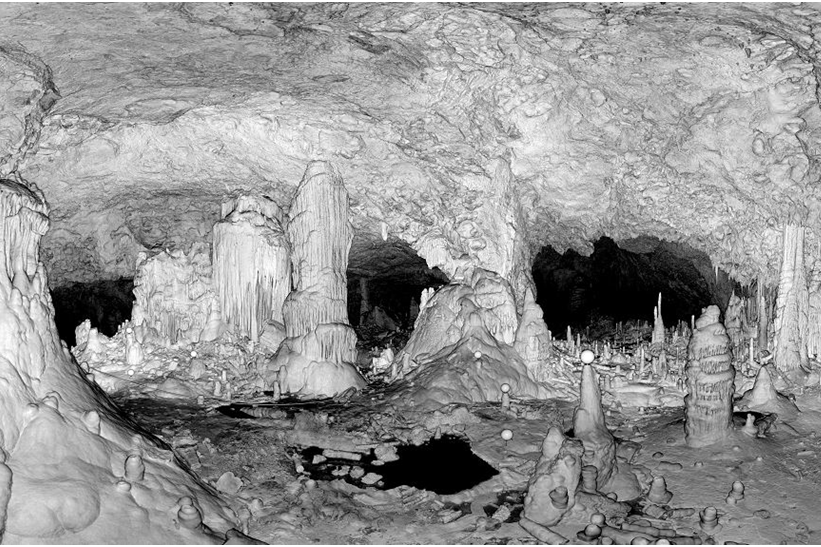
The journey from field to exhibition requires meticulous laboratory preparation using specialized equipment to reveal fossils hidden within matrix rock. Microscopes ranging from simple stereoscopes to advanced digital systems allow preparators to work at scales invisible to the naked eye. Air abrasion units direct precisely controlled streams of powder to remove rock without damaging fossils. Ultrasonic cleaners use high-frequency sound waves to dislodge debris from intricate structures. Chemical preparation techniques, including acid baths carefully controlled for concentration and exposure time, dissolve surrounding rock while leaving fossilized bone intact. 3D scanning technology creates digital models that guide preparation decisions by revealing internal structures before physical preparation begins. This laboratory phase often requires more time and technical expertise than the original field excavation, sometimes extending over years for complex specimens.
Analytical Instruments: Seeing Beyond the Surface
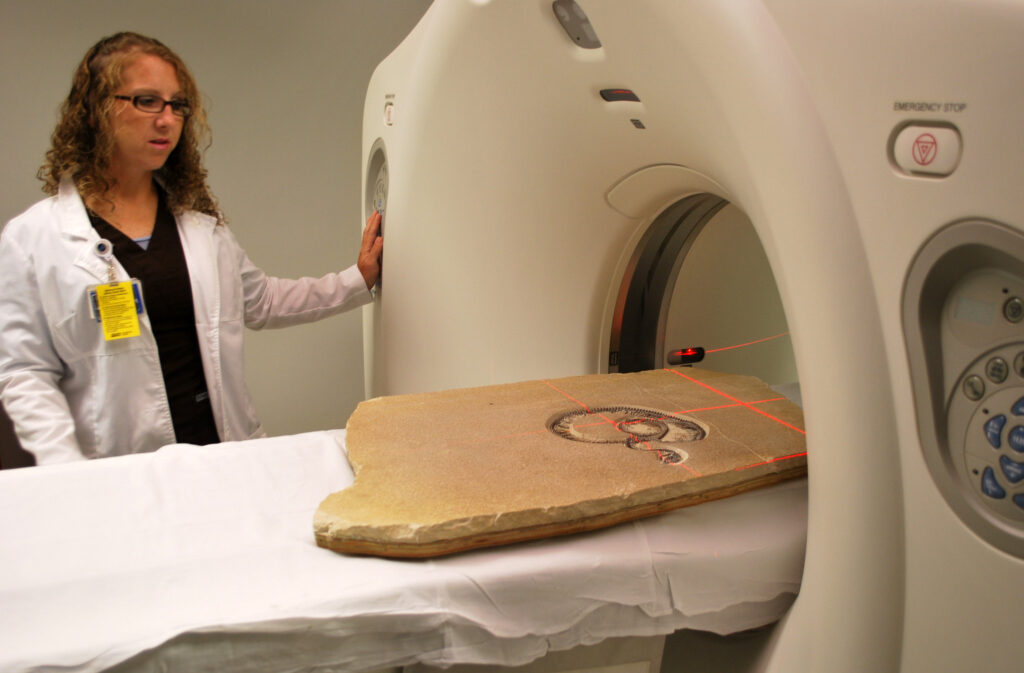
Contemporary paleontology employs sophisticated analytical tools that extract information from fossils without damaging them. X-ray computed tomography (CT scanning) creates cross-sectional images of fossils, revealing internal structures and features hidden within rock matrix. Scanning electron microscopes magnify surfaces up to 100,000 times, allowing examination of microscopic details like cell structures or growth patterns. X-ray fluorescence spectrometry identifies the elemental composition of fossils, providing clues about diet, environment, and fossilization processes. Mass spectrometers analyze isotope ratios that can indicate temperature ranges, precipitation patterns, and other paleoenvironmental factors. These non-destructive analytical methods have revolutionized dinosaur paleontology by extracting previously inaccessible data from specimens, enabling scientists to understand not just what dinosaurs looked like, but how they lived, moved, and interacted with their environments.
Transportation Equipment: Moving Prehistoric Giants
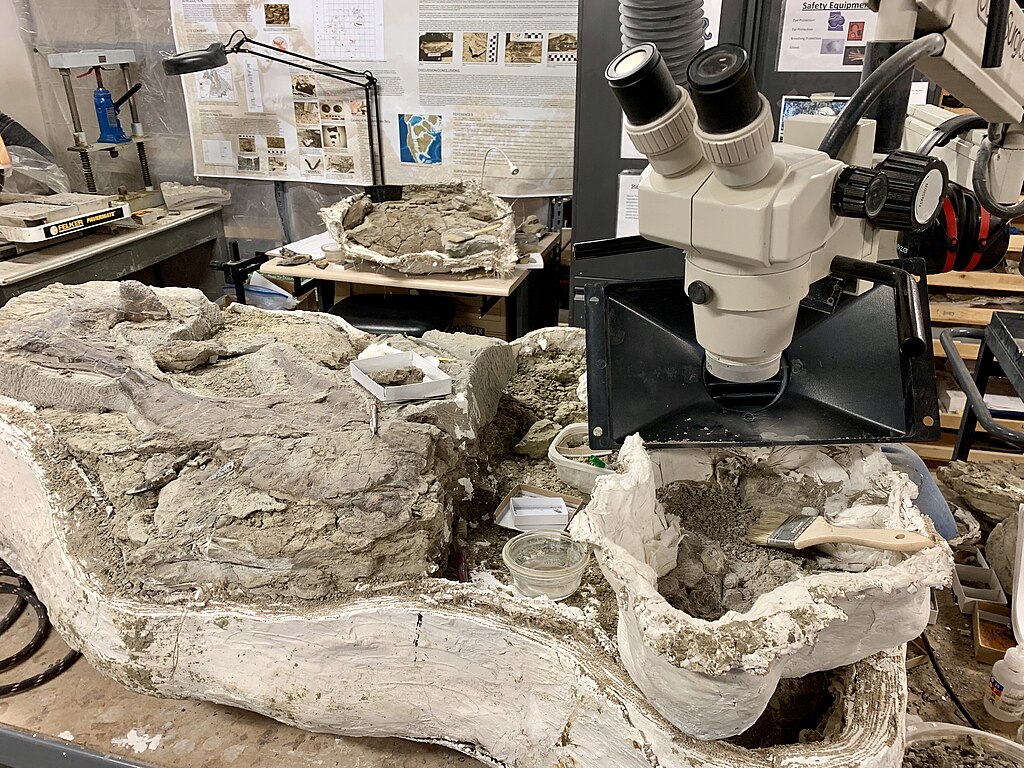
Transporting multi-ton dinosaur fossils from remote excavation sites to research facilities presents unique logistical challenges requiring specialized equipment. Custom-built plaster and wood crates protect jacketed specimens during transport, while foam padding and vibration-dampening materials minimize movement that could damage fragile remains. In particularly remote locations, helicopters with cargo slings may airlift fossil jackets to accessible roads. All-terrain vehicles and specialized trailers navigate difficult terrain between excavation sites and base camps. For international shipments, climate-controlled shipping containers maintain consistent temperature and humidity during long voyages. GPS tracking systems monitor valuable specimens throughout their journey, while accelerometers record potentially damaging impacts or vibrations. The transportation phase represents one of the most dangerous periods in a fossil’s journey from ground to museum, requiring careful planning and specialized equipment to ensure specimens arrive intact.
Dating Equipment: Establishing the Timeline
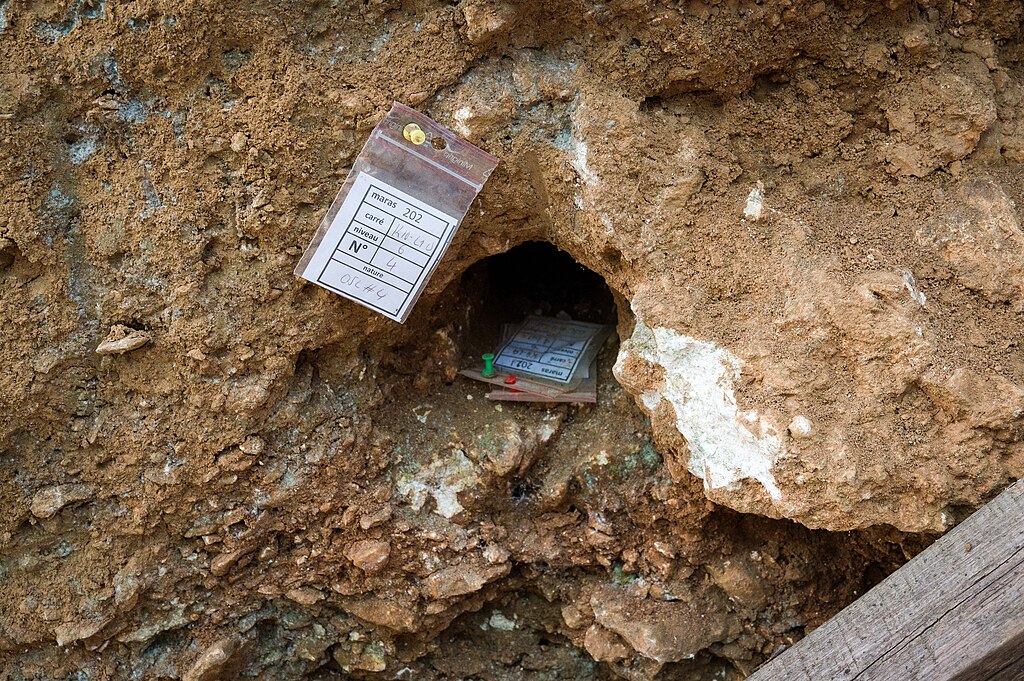
Understanding when dinosaurs lived requires sophisticated equipment that can determine the age of rocks containing fossils. Radiometric dating instruments measure the decay of radioactive isotopes in igneous rocks found above and below fossil layers, bracketing the possible age range of specimens. Mass spectrometers detect minute quantities of radioactive elements and their decay products, allowing scientists to calculate ages spanning millions of years with remarkable precision. Paleomagnetism laboratories analyze the orientation of magnetic minerals in sedimentary rocks, correlating them with known reversals in Earth’s magnetic field to establish chronology. Argon-argon dating systems determine the age of volcanic ash layers often found interspersed with fossil-bearing sediments. These dating technologies have revolutionized our understanding of dinosaur evolution by providing a reliable temporal framework that allows paleontologists to determine which species lived contemporaneously and how dinosaur populations changed over time.
Reconstruction Tools: Bringing Dinosaurs Back to Life
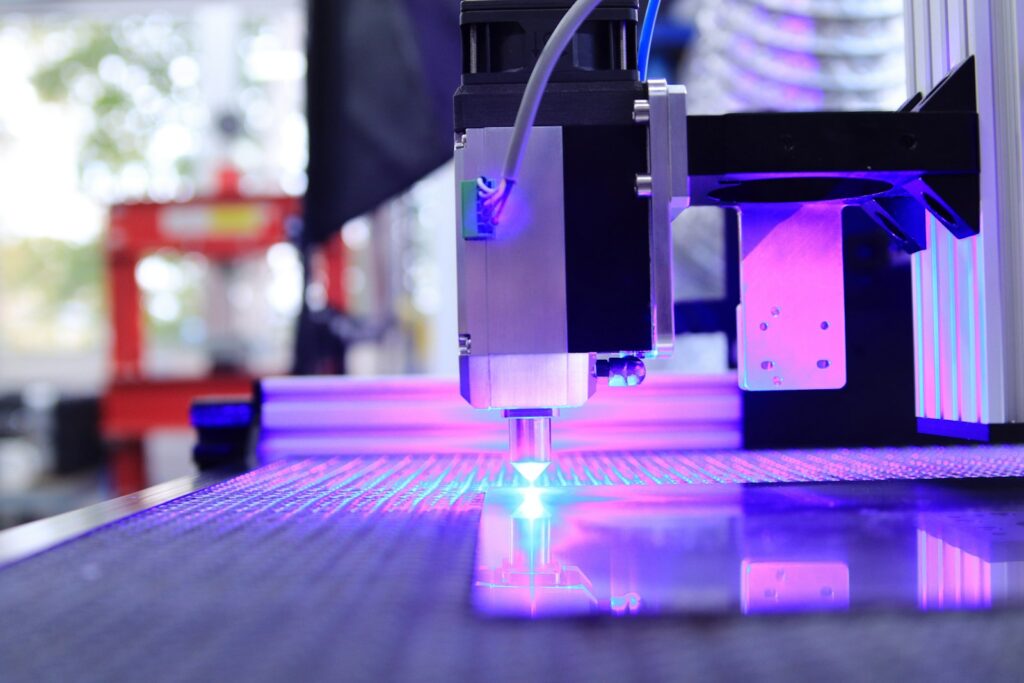
The final stage of paleontological work involves reconstructing complete dinosaurs from often fragmentary remains, requiring both traditional craftsmanship and cutting-edge technology. 3D printers create physical replicas of fossils based on digital scans, allowing museums to display copies while protecting originals. Computer modeling software generates biomechanical simulations that test hypotheses about how dinosaurs moved and functioned. Articulated skeletal mounts use custom-made metal armatures designed to support fossils without damaging them while accurately representing anatomical relationships. Artistic reconstruction involves collaboration between scientists and specialized paleoartists who create flesh-and-skin restorations based on comparative anatomy and fossil evidence. Virtual reality systems integrate all available data to create immersive experiences that represent the current scientific understanding of how dinosaurs appeared and behaved. These reconstruction tools transform collections of bones into comprehensible representations of once-living animals, making paleontological discoveries accessible to both researchers and the public.
Safety Equipment: Protecting the Fossil Hunters

Dinosaur excavations often take place in challenging environments that pose significant risks to paleontologists, necessitating specialized safety equipment. Hard hats protect against falling rocks in unstable quarries, while steel-toed boots shield feet from heavy tools and specimens. Respirators and dust masks prevent inhalation of silica dust created during fossil preparation, which can cause serious lung disease with prolonged exposure. Safety glasses shield eyes from rock fragments during excavation and preparation. In remote field locations, satellite communication devices provide emergency contact capabilities, while comprehensive first aid kits address injuries far from medical facilities. Weather-appropriate clothing protects against extreme temperatures, from desert heat to alpine conditions. These safety considerations reflect the physical demands of paleontological work, which combines the hazards of geology, archaeology, and construction in environments that can be as challenging today as they were when dinosaurs roamed the earth.
The Future of Fossil Hunting: Emerging Technologies
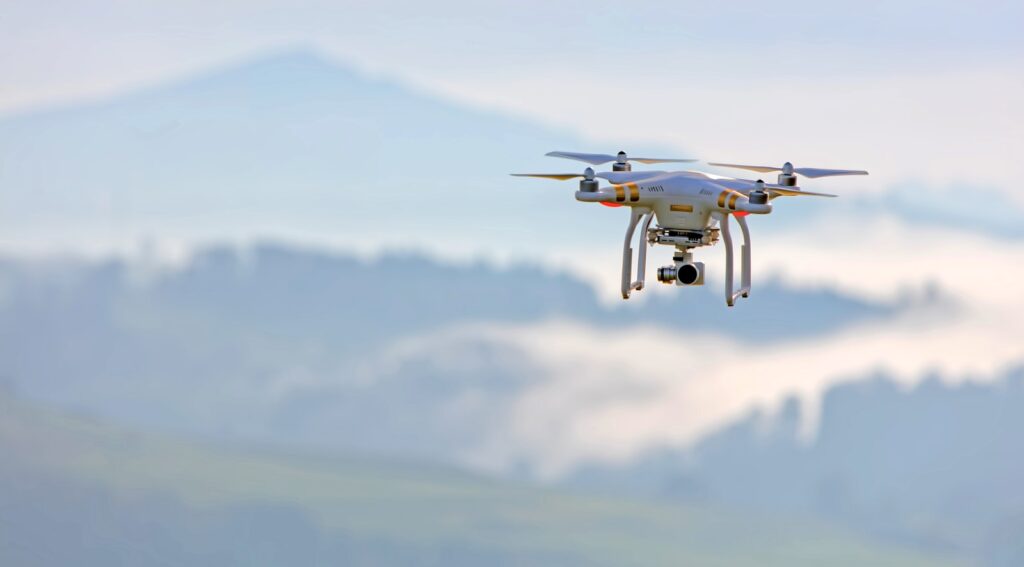
The toolkit of paleontology continues to evolve as new technologies emerge with applications for dinosaur research. Autonomous drones equipped with multispectral cameras survey vast areas for surface fossils and promising geological formations, dramatically expanding the territory a single expedition can explore. Portable X-ray fluorescence analyzers allow field identification of fossil composition without laboratory analysis. Machine learning algorithms process field photographs to identify potential fossils that might be overlooked by human eyes. Augmented reality systems overlay digital information onto physical excavation sites, helping teams visualize stratigraphic relationships and plan extraction strategies. DNA sequencing technologies continue to advance, raising the possibility of recovering genetic material from exceptionally preserved specimens. As these tools become more accessible and field-adapted, they promise to accelerate discoveries while providing unprecedented detail about the lives and evolutionary relationships of dinosaurs, continuing the transformation of paleontology from a primarily descriptive discipline to an increasingly analytical science.
From the humble shovel to sophisticated imaging systems, the tools of paleontology reflect a fascinating blend of traditional field techniques and cutting-edge technology. This evolution of equipment has transformed our understanding of dinosaurs from mysterious monsters to complex biological organisms that we can study with remarkable precision. As technology continues to advance, future paleontologists will likely have capabilities we can barely imagine today, further illuminating the ancient world of dinosaurs. Yet despite these technological advances, the core of dinosaur paleontology remains unchanged—the patient, methodical work of carefully extracting and interpreting the traces of prehistoric life preserved in stone, connecting us to a world long vanished but increasingly understood.


